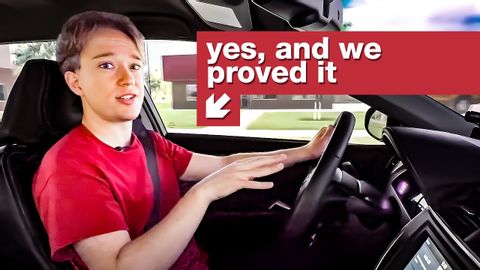
Subtitles & vocabulary
Is It Dangerous To Talk To A Camera While Driving?
00
林宜悉 posted on 2020/04/01Save
Video vocabulary
essentially
US /ɪˈsenʃəli/
・
UK /ɪˈsenʃəli/
- Adverb
- Basically; (said when stating the basic facts)
- Used to emphasize the basic truth or fact of a situation.
A2
More distraction
US /dɪˈstrækʃən/
・
UK /dɪˈstrækʃn/
- Noun (Countable/Uncountable)
- Something drawing your attention away from
- Enjoyable thing to help you forget your problems
B2
More basically
US /ˈbesɪkəli,-kli/
・
UK /ˈbeɪsɪkli/
- Adverb
- Used before you explain something simply, clearly
- In essence; when you consider the most important aspects of something.
A2
More improve
US /ɪmˈpruv/
・
UK /ɪm'pru:v/
- Verb (Transitive/Intransitive)
- To make, or become, something better
A1TOEIC
More Use Energy
Unlock All Vocabulary
Unlock pronunciation, explanations, and filters
